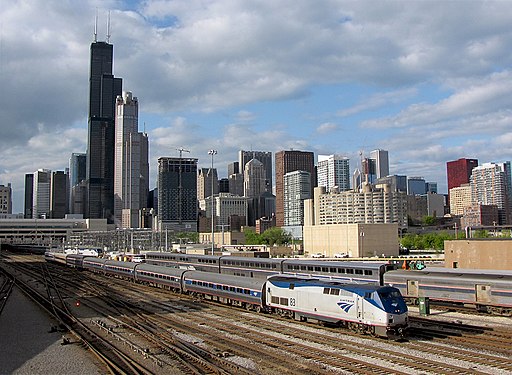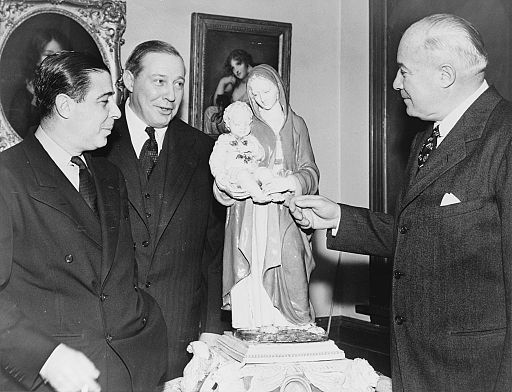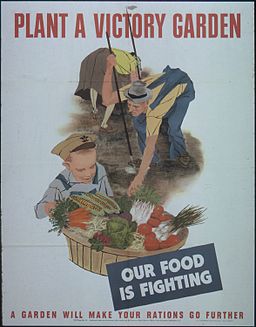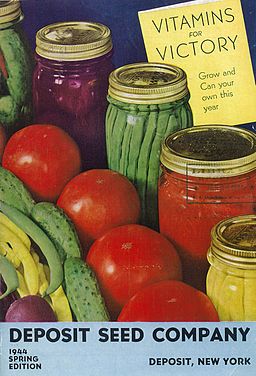How the Mighty Have Fallen

The Amtrak train The Cardinal departs Chicago in May, 2009, for points east. The Sears Tower, the tallest building in the skyline, was renamed the Willis Tower in 2009 by the Willis Group as part of its lease agreement. Photo by Russell Sekeet.

Left to right: Adam Gimbel, Frederic Gimbel, and Bernard Gimbel looking at a Luca della Robbia (1400-1482) statue of Madonna and Child, from the art collection of William Randolph Hearst. Parts of Hearst’s collection were sold at the Gimbels department store in 1939-1940. Gimbels had stores in the northeast and the midwest, and a prized location next door to Macy’s in Herald Square in New York City. Photo by Edward Lynch of the New York World Telegram & Sun.
Edmund Gwenn stars as Santa Claus in the 1947 version of Miracle on 34th Street. The film’s setting is Macy’s department store in New York City.
It could be that the failure of the old retail giants like Sears will prompt renewed interest in shopping at local stores. Online retailers and a few big box retailers have already usurped much of Sears’ more than one century old business model. Sears and J.C. Penney and a few other large department stores have anchored enclosed suburban shopping malls since they first started appearing in the 1950s and 1960s. Now that those stores are declining, perhaps small, locally owned shops will pick up more business. That would be a welcome development, and it might eventually boost Small Business Saturday to a level competitive with Black Friday (it’s antithesis is Buy Nothing Day) and Cyber Monday. Like it or not, Christmas has been a commercial proposition in America for a long time now, and if small businesses can bloom from the ashes of the old retail giants, then at least some good will have come from that mercantile aspect of the year end holidays.
― Vita 



